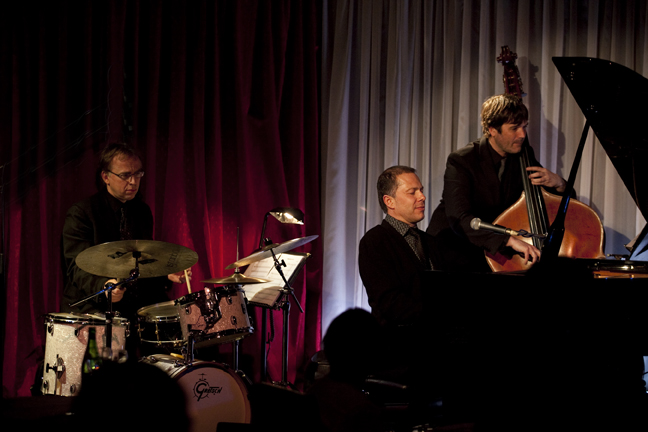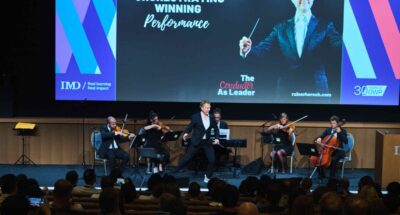Likewise, in business, you need to prepare and let ideas evolve. You need to respect each other’s opinions, discuss new ideas and take turns implementing different approaches. As a leader, you also need to cultivate an environment where you can make a comment about someone else’s performance and for it to be welcomed and taken constructively. Commit to this creative process and make the process fun!
In your business, then, think about how much creative freedom is appropriate to a given situation. For example, if you’ve ever listened to free jazz, you’ll know that when there is no structure, predetermined theme, key or rhythm, the result can be very chaotic, but it can also be sublime, unique and exceed everyone’s expectations. It’s thrilling to hear the expert musicians merely responding spontaneously to what they hear, which also takes great skill, discipline, and experience. Again, it’s all about listening and being curious, present, and patient. As we know, sometimes the best ideas take a while to emerge.
Finally, think about momentum in music and business. Jazz musicians like to get things going with a clear beat or ‘groove’ – it helps get the creative juices flowing. They then start to experiment and build on each other’s ideas to produce outstanding results.
So how can you benefit from both team cultures? What would happen if you brought a little more rigor and discipline into your improvisational model or a little more experimentation and spontaneity into your highly structured organization? Listen, experiment, and mix it up to keep it fresh. That way you stand a better chance of delighting your audience and getting the applause you deserve. A standing ovation rather than deafening silence!
This article is inspired by a keynote session at IMD’s signature Orchestrating Winning Performance program, which brings together executives from diverse sectors and geographies for a week of intense learning and sharing with IMD faculty and business experts.







 Audio available
Audio available
